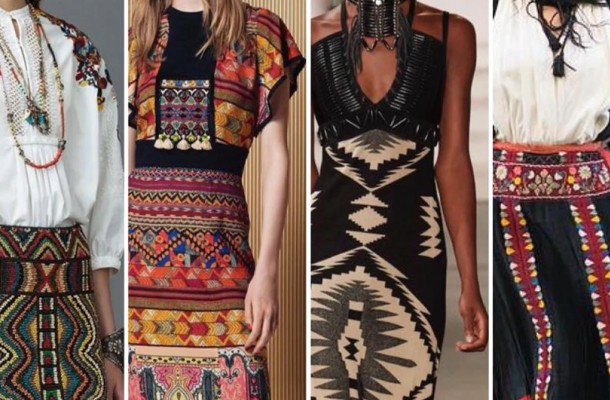
Finding Inspiration in Eastern European Design Traditions

Brands and agencies can seem obsessed with the future. They race through tech toys and fads, competing to be the most future-ready. But there’s something to be said about taking the time to pause and explore the past. In Central Eastern Europe, two FCB agencies have been doing just that.
Romania’s Future Fashion Designers with ‘Play Folklore’
Traditional Romanian outfits are inspiring contemporary fashion designers around the world – but it turns out that they’re not quite so popular with the country’s youth. Back in 2017, FCB Bucharest created a project to inspire the country’s fashion designers of the future to embrace their heritage. They made special Lego sets that reimagined costumes from six historical Romanian provinces in bricks. The sets were designed in collaboration with the Romanian Peasants’ Museum and the project was praised by government officials. In total, over 2,000 children got their paws on the Lego Ethnics sets and the earned media impact was huge, with more than 65,893,805 impressions across all media.
Thanks to partnerships with the Ministry of Education and Ministry of Romanians Abroad, the project will expand throughout 2018, rolling out through schools. All of which suggests that there might be a future in old design traditions after all.
A Jolt of Heritage in Your Morning Coffee

Grand Kafa leads the traditional coffee market in Serbia and the brand wanted to strengthen the emotional ties with its consumers and reflect their key pillars of hospitality, friendship and love. So their agency FCB Afirma in Serbia decided to create limited edition packaging that drew on traditional design.
They created original patterns inspired by the heritage of the South Slavic area, which covers countries like Serbia, Slovenia, Bosnia and Herzegovina, Bulgaria, Croatia, Macedonia, Montenegro. As well as chiming with consumers in the region, the agency believes the designs also have a universal appeal. They quote Marin Cvetkovic of the Ethnographic Museum in Belgrade, who told them, “Ethnic prints are a universal heritage that connects cultures which developed without mutual contact, while individual motifs are variations of universal themes whose meanings are interpreted subjectively.”













